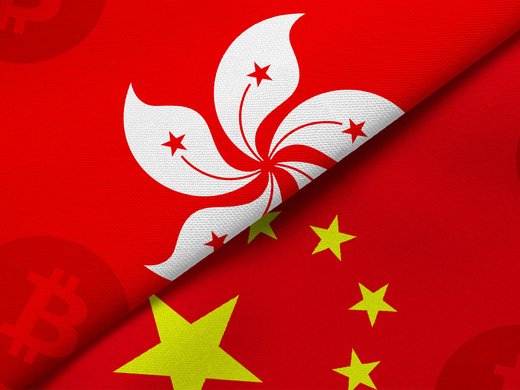The global financial safety net has expanded from barely more than one institution — the International Monetary Fund (IMF) — to a much larger, although geographically patchy, web comprising the IMF, regional financing arrangements (RFAs) and central bank swap lines. This raises two issues. The first relates to the adequacy and reliability of the new safety net; the second, to the incentives that it creates for sovereign borrowers and private borrowers and lenders. This essay analyzes the second issue. It makes two recommendations that would help to reconcile crisis lending with good incentives in the new multipolar environment. First, access to central bank swap lines should be extended to major emerging markets and smaller industrial countries that pass the pre-qualification test associated with access to the IMF’s “Flexible Credit Line.” Second, RFA co-lending with the IMF is no substitute for RFA internal commitment devices that prevent lending in unsustainable debt cases unless there is a debt restructuring at the same time.


